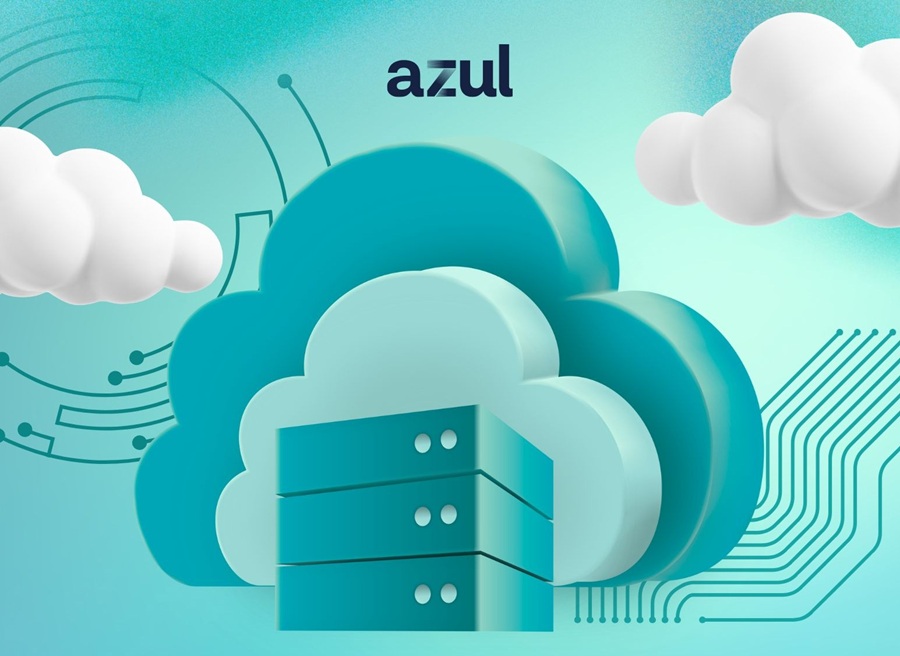ScienceLogic announced enhanced and extended support for hybrid cloud monitoring and management in the latest release of its award-winning ScienceLogic Smart IT platform.
Highlighted in this release are significant updates to the ScienceLogic Power-Packs that provide smart monitoring policies that are highly automated for Amazon Web Services (AWS) and VMware vCloud Director.
To support today’s dynamic infrastructure with “compute anywhere” requirements, ScienceLogic service management views seamlessly show service levels, health, availability, and risk regardless of where individual service delivery resources (e.g., storage, database, web servers, etc.) reside – in the data center or in the cloud.
Designed to support multi-tenant operations for service providers or enterprises, ScienceLogic Smart IT software provides an ultra-flexible and unified monitoring and management platform for hybrid cloud and converged compute environments.
Hundreds of ScienceLogic Power-Packs work out-of-the-box to collect data from any computing source and present actionable information in context that drive Smart IT policies.
New in ScienceLogic v7.3
- Advanced Monitoring of AWS provides the most comprehensive set of performance, availability, and billing information in easy-to-analyze dashboard views, across multiple Amazon accounts, services, and regions.
- Advanced Monitoring of VMware vCloud Director automatically applies service level monitoring for VMware cloud assets across public, private, and hybrid cloud environments, making ScienceLogic the only product on the market to support fully multi-tenant operations for VMware cloud assets.
- Dynamic Component Mapping provides automated relational mapping and continuous, intelligent updates to status of individual systems that make up highly dynamic, complex infrastructures, such as Cisco UCS, VCE Vblock, and virtual environments using vMotion.
- ScienceLogic’s single RESTful API provides access to all performance, fault, configuration and analytics data.
“We believe that every IT organization will run hybrid operations – whether that means multiple vendors and service providers or a mix of data center, public, private, and hybrid cloud assets,” said Jeremy Sherwood, ScienceLogic Cloud Strategist. “To support this vision, ScienceLogic software has always been vendor-agnostic, and we continue to follow our mission to simplify what is becoming an increasingly complex and dynamic operational environment, with centralized, automated policy-based management. The new release takes this commitment to the next level to ensure seamless management in hybrid and converged compute environments, enabling IT to move at the speed of business today.”
Related Links:
The Latest
Regardless of their scale, business decisions often take time, effort, and a lot of back-and-forth discussion to reach any sort of actionable conclusion ... Any means of streamlining this process and getting from complex problems to optimal solutions more efficiently and reliably is key. How can organizations optimize their decision-making to save time and reduce excess effort from those involved? ...
As enterprises accelerate their cloud adoption strategies, CIOs are routinely exceeding their cloud budgets — a concern that's about to face additional pressure from an unexpected direction: uncertainty over semiconductor tariffs. The CIO Cloud Trends Survey & Report from Azul reveals the extent continued cloud investment despite cost overruns, and how organizations are attempting to bring spending under control ...

According to Auvik's 2025 IT Trends Report, 60% of IT professionals feel at least moderately burned out on the job, with 43% stating that their workload is contributing to work stress. At the same time, many IT professionals are naming AI and machine learning as key areas they'd most like to upskill ...
Businesses that face downtime or outages risk financial and reputational damage, as well as reducing partner, shareholder, and customer trust. One of the major challenges that enterprises face is implementing a robust business continuity plan. What's the solution? The answer may lie in disaster recovery tactics such as truly immutable storage and regular disaster recovery testing ...
IT spending is expected to jump nearly 10% in 2025, and organizations are now facing pressure to manage costs without slowing down critical functions like observability. To meet the challenge, leaders are turning to smarter, more cost effective business strategies. Enter stage right: OpenTelemetry, the missing piece of the puzzle that is no longer just an option but rather a strategic advantage ...
Amidst the threat of cyberhacks and data breaches, companies install several security measures to keep their business safely afloat. These measures aim to protect businesses, employees, and crucial data. Yet, employees perceive them as burdensome. Frustrated with complex logins, slow access, and constant security checks, workers decide to completely bypass all security set-ups ...

In MEAN TIME TO INSIGHT Episode 13, Shamus McGillicuddy, VP of Research, Network Infrastructure and Operations, at EMA discusses hybrid multi-cloud networking strategy ...
In high-traffic environments, the sheer volume and unpredictable nature of network incidents can quickly overwhelm even the most skilled teams, hindering their ability to react swiftly and effectively, potentially impacting service availability and overall business performance. This is where closed-loop remediation comes into the picture: an IT management concept designed to address the escalating complexity of modern networks ...
In 2025, enterprise workflows are undergoing a seismic shift. Propelled by breakthroughs in generative AI (GenAI), large language models (LLMs), and natural language processing (NLP), a new paradigm is emerging — agentic AI. This technology is not just automating tasks; it's reimagining how organizations make decisions, engage customers, and operate at scale ...
In the early days of the cloud revolution, business leaders perceived cloud services as a means of sidelining IT organizations. IT was too slow, too expensive, or incapable of supporting new technologies. With a team of developers, line of business managers could deploy new applications and services in the cloud. IT has been fighting to retake control ever since. Today, IT is back in the driver's seat, according to new research by Enterprise Management Associates (EMA) ...
